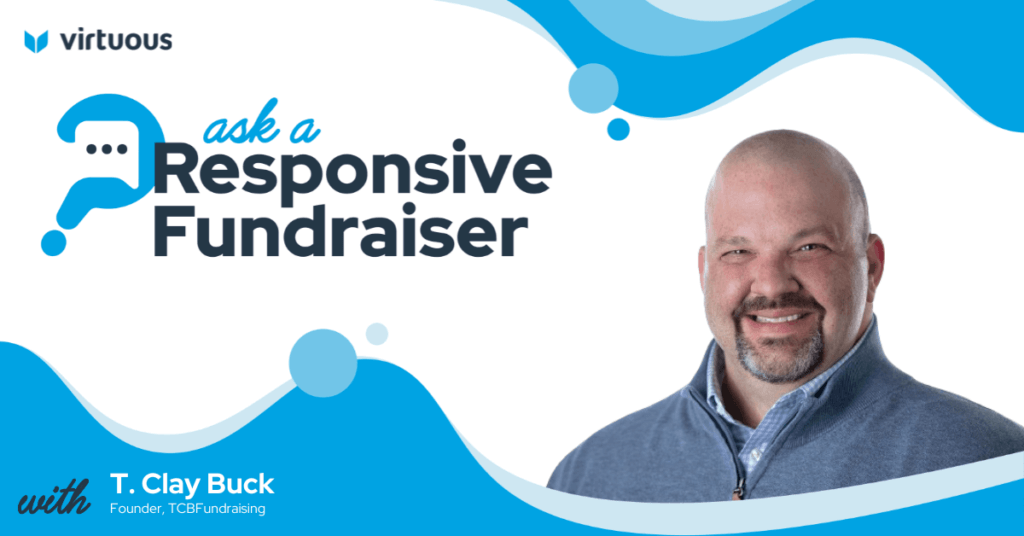- Product
- Nonprofit CRM
Connect with all donors personally
- Fundraising Automation
Optimize action with real-time data
- Nonprofit Marketing & Email
Use multiple channels to reach donors
- Online Giving
Make online giving more personal
- Event Registration
Personalize events for better results
- Donor Signals
Insights to retain and engage donors
- Virtuous BI
Business intelligence and analytics
- RaiseDonors
Custom online giving experiences
- VOMO
Mobilize volunteers to grow your mission
- Nonprofit CRM
- Customers
- Human Services
Deliver powerful, modern donor management that increases your impact
- Healthcare
Increase ROI with a HIPAA-compliant platform designed to unlock growth
- Higher Education
Strengthen your institution to build long-term alumni engagement
- Ministries
Engage, personalize, and steward your community and cause
- Animal Welfare
Your one tool to recruit, engage, and connect supporters with your mission
- Arts & Cultural
Curate supporter experiences from registration to cultivation
- Customer Stories
See what success with Virtuous looks like
- Human Services
- Why Virtuous
- Responsive Fundraising
The responsive approach builds trust and loyalty through personalized engagement
- Platform Overview
Virtuous gives you the CRM, fundraising, volunteer, and marketing tools you need
- Our Purpose & Values
Virtuous is a software company committed to helping nonprofits grow generosity
- Customer Success
We’re here to make sure you get the most from your technology investment
- Virtuous Partners
Extend the value of Virtuous by connecting with a trusted Technology or Solutions partner
- Responsive Fundraising
- Resources
- Resource Center
Thought leadership, tips, and tricks for donor engagement
- Blog
Insights, trends, and in-depth analysis
- Podcast
Where nonprofit leaders come to talk
- Reports & Guides
Guides, reports, and best practices
- Events & Webinars
Learn, network, and grow with us
- Training & Certification
Learn how to use Virtuous and prove your expertise
- Resource Center
- Company
- Pricing
- Login






